What is a “typical” deck log?
According to the Naval History & Heritage Command (NHHC):
A Navy ship’s deck log is a daily chronology of certain events for administrative and legal purposes. Preparation of logs is governed by the current edition of Office of the Chief of Naval Operations Instruction 3100.7 (OPNAVINST 3100.7) series. All commissioned U.S. Navy ships must maintain a deck log. A commissioned ship is a Navy command in her own right, having a distinctive administrative identity and creating records in her own name. Deck logs’ primary purpose is to serve as the ship’s official chronological record during her commission. Deck logs are a testament to the ship and the sailors who served on her. Deck logs are not narratives, and do not describe or explain a ship’s operations.
The (OPNAVINST 3100.7) link above is a 39-page document that gets into great detail about the construction and maintenance of deck logs. It provides more information than most casual observers want to know about these documents. While deck logs can contain a potentially vast amount of items, the NHHC lists the following that might appear on a typical log:
Information That May Be in a Deck Log
- Absentees
- Accidents [material]
- Accidents/Injuries [personnel]
- Actions [combat]
- Appearances of Sea/Atmosphere/Unusual Objects
- Arrests/Suspensions
- Arrival/Departure of Commanding Officer
- Bearings [navigational]
- Cable/Anchor Chain Strain
- Collisions/Groundings
- Courts-Martial/Captain’s Masts
- Deaths
- Honors/Ceremonies/Visits
- Incidents at Sea
- Inspections
- Meteorological Phenomena
- Movement Orders
- Movements [getting underway; course, speed changes; mooring, anchoring]
- Passengers
- Prisoners [crew members captured by hostile forces]
- Propulsion Plant Status changes
- Ship’s Behavior [under different weather/sea conditions]
- Sightings [other ships; landfall; dangers to navigation]
- Soundings [depth of water]
- Speed Changes
- Tactical Formation
- Time of Evolutions/Exercises/Other Services Performed
A typical WWII-era log might look like this log from June 16, 1944 on USS Patterson (DD 392)
Of note in this log, the author’s father-in-law (E. A. Schroder) was the Officer of the Deck (OOD) when Patterson received Commander W. R. Kane from USS Newcomb (DD 586) that fished the naval aviator from the water after being shot down. The next log entry by OOD G. W. Jenings records the repatriation of Kane (whose nickname was Killer) to USS Enterprise (CV 6) leading to the query (potentially apocryphal) “How much ice cream is Commander Kane worth?,” a reference to the practice of destroyers receiving that icy delicacy when returning downed aviators.
While deck logs adhere to the maxim “Just the Facts,” at times they convey the drama involved during harrowing events. Such was the case in June of 1943 when USS Murphy (DD 603) collided with SS Bulkoil slicing the Murphy nearly in half. The logs below are from USS Glennon (DD 620) and outline in clinical terms how the ship reacted to the collision and enumerated the Murphy crew taken aboard during the rescue operation. Miraculously, while the fore section of Murphy sank, what was left of the aft section remained afloat due to heroic crew response, was towed back to the US, and eventually went back into service (A detailed account of this event can be found in Midwatch in Verse).
Depending on the type of ship and when the deck log was created, other forms may accompany the “remarks” or “operational remarks” sections seen the logs above. Here is an example from January 1, 1942 from USS Dale (DD 353). Weather conditions, position, and drills and exercises may be recorded.
As technologies evolved since WWII, deck logs experienced a few changes in format and content, but that’s a topic for another blog post!
Given the content of the logs above, it is quite surprising to see a January 1 log that contains a poem in the first log entry (midwatch – 0000 to 0400). See the “Examples” page for several good prototypical midwatch poems. To date, we do not know when or how this “tradition” began. In Naval Ceremonies, Customs, and Traditions (6th edition), Connell and Mack (2004) mention the tradition and present several examples. They also suggest that the first watch after a ship’s commissioning may be written in verse and they provide an example from the 1939 commissioning of USS Stack (DD 406). Here is the poem:
The USS Stack, Monday the 20th, November, the year ’39
At Portsmouth, Virginia, in the Navy yard there, this ship was moored at the time,
To Pier Number 3 in Berth 24, with three-quarter-inch wire for its line.
The admiral’s flag was then hauled down,
The commission pennant broke in its place,
And soon of the guests and spectators there remained not even a trace.
But it was not the weather that caused it,
Nor was it the type of the grub
But the desire to wet their whistle,
At a party, by the ship, at the club.
Seriously – this ship commissioned,
Midst cold wind, rain, and a storm,
Though the spirit of its men and their officers
Will, to the credit of our country, perform.
(Lt. H. M. Hemhag, OOD
Lt. Cdr. Olch, Cmdg)
Reference
Connell, R. W., and Mack, W. P. (2004) Naval ceremonies, customs, and traditions (6th ed.). Annapolis, MD: Naval Institute Press.
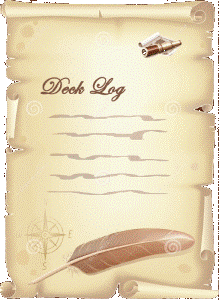
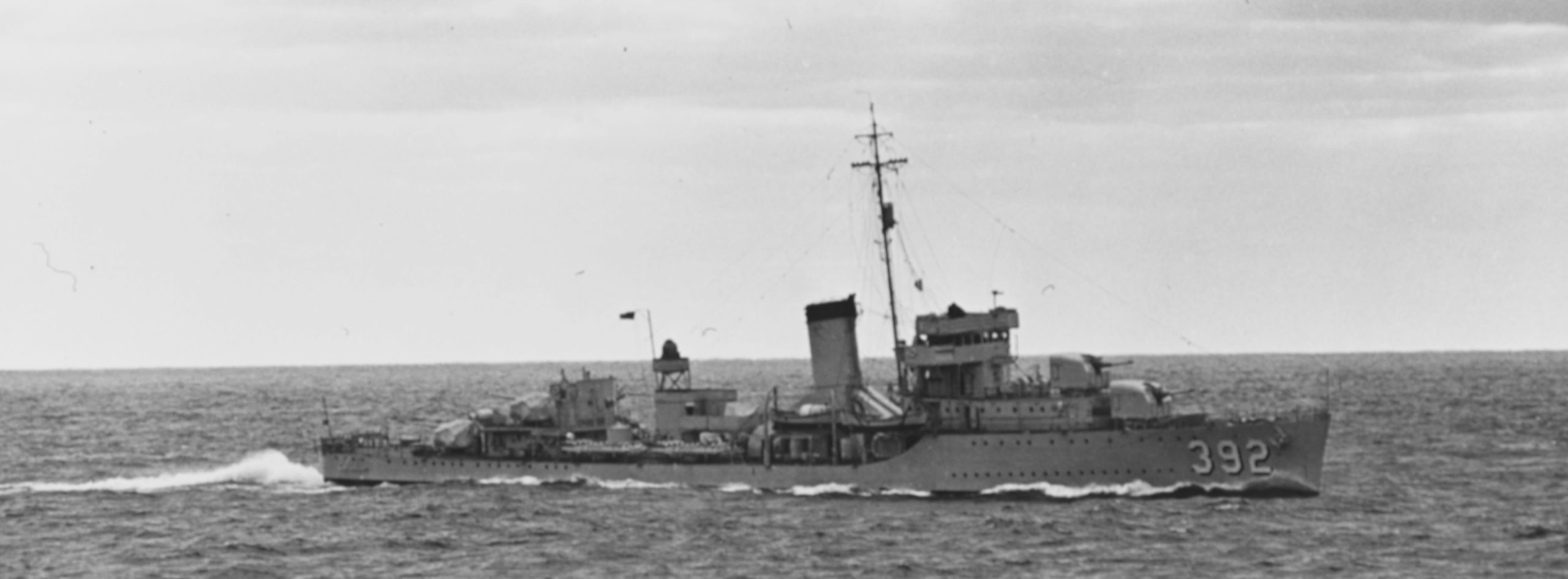
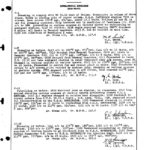
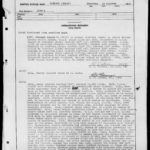
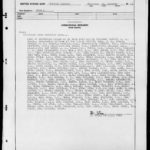
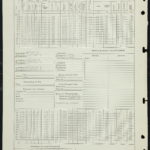
Comments
What is a “typical” deck log? — No Comments
HTML tags allowed in your comment: <a href="" title=""> <abbr title=""> <acronym title=""> <b> <blockquote cite=""> <cite> <code> <del datetime=""> <em> <i> <q cite=""> <s> <strike> <strong>